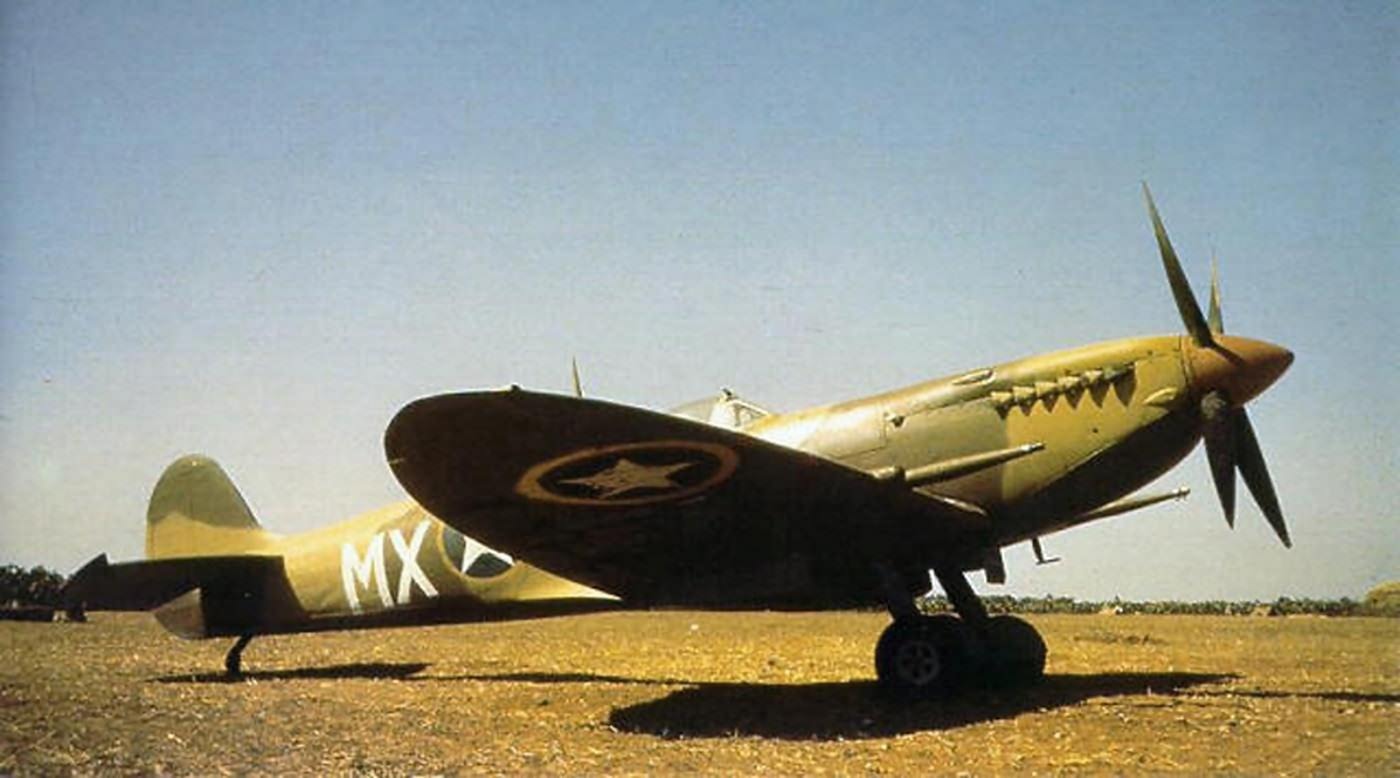In September 1941, RAF Fighter Command was confronted with a new Luftwaffe fighter, initially misidentified, but soon confirmed as the Focke Wulf Fw 190. This radial-engined aircraft was a formidable opponent, outperforming the Spitfire Mk Vs, and led to significant concerns for the RAF. By 13 November 1941, the Air Staff issued a directive halting all but essential operations over Northern Europe due to the Fw 190’s dominance.
Fortunately, despite the Fw 190’s superiority, the Luftwaffe was unable to exploit its full potential, as they were committed to other fronts. However, the RAF resumed operations in March 1942, only to halt again on 13 June due to heavy losses. The RAF was desperate to examine an Fw 190, even planning a raid to steal one from a Luftwaffe base. Fortunately, this plan was abandoned when a Luftwaffe pilot mistakenly landed his Fw 190 in South Wales at Pembrey, gifting the RAF a fully operational aircraft. Comparative trials between the Fw 190 and the Spitfire Mk V immediately followed, confirming the Fw 190’s superiority but also helping develop survival tactics for RAF pilots.
To mitigate the Fw 190 threat, the pressurised Spitfire Mk VII and unpressurised Mk VIII, powered by the Merlin 61 engine, were developed. However, these variants were still some time from production. In response, two Mk Vc airframes, AB196 and AB197, were modified by strengthening their fuselage to house the new Merlin 61 engine, with test flights beginning in February and March 1942. The resulting performance improvements led to the decision to produce the Spitfire F Mk IX as an interim solution, using Mk V fuselages and the new engine.
Early Mk IXs were powered by the Merlin 60 series engines, but in spring 1943, a variant with the Merlin 66 engine emerged. The Merlin 66’s supercharger operated at lower altitudes, putting the Mk IX on par with the Fw 190 at all altitudes. Despite this, there was some confusion in nomenclature. Pilots and ground crews used unofficial designations—Mk IXa for the Merlin 61-powered variant and Mk IXb for the Merlin 66-powered variant. This led to misunderstandings, as many believed these designations referred to the type of armament fitted to the wings.
To clarify, the Ministry of Aircraft Production introduced new official designations in late 1943:
- The F Mk IXc (formerly Mk IXa) was powered by the Merlin 61 or 63 engine and fitted with the type ‘C’ wing.
- The LF Mk IXc (formerly Mk IXb) had the Merlin 66 engine and was optimal at 22,000 feet, despite its designation suggesting low-altitude capabilities.
- The HF Mk IXc, powered by a Merlin 70 engine, was intended for high-altitude operations.
Later in 1944, the type ‘E’ wing appeared, marking an evolution in armament. The cannon and cannon stub swapped positions compared to the ‘C’ wing, with the 0.5in Browning machine gun replacing the 0.303in Brownings. Despite appearances, the ‘E’ wing cannon was the same length as the ‘C’ wing’s, but its position further back in the wing gave the illusion of a shorter cannon.
These developments ensured the Spitfire Mk IX could hold its own against the Fw 190, restoring balance in aerial combat during World War II.
